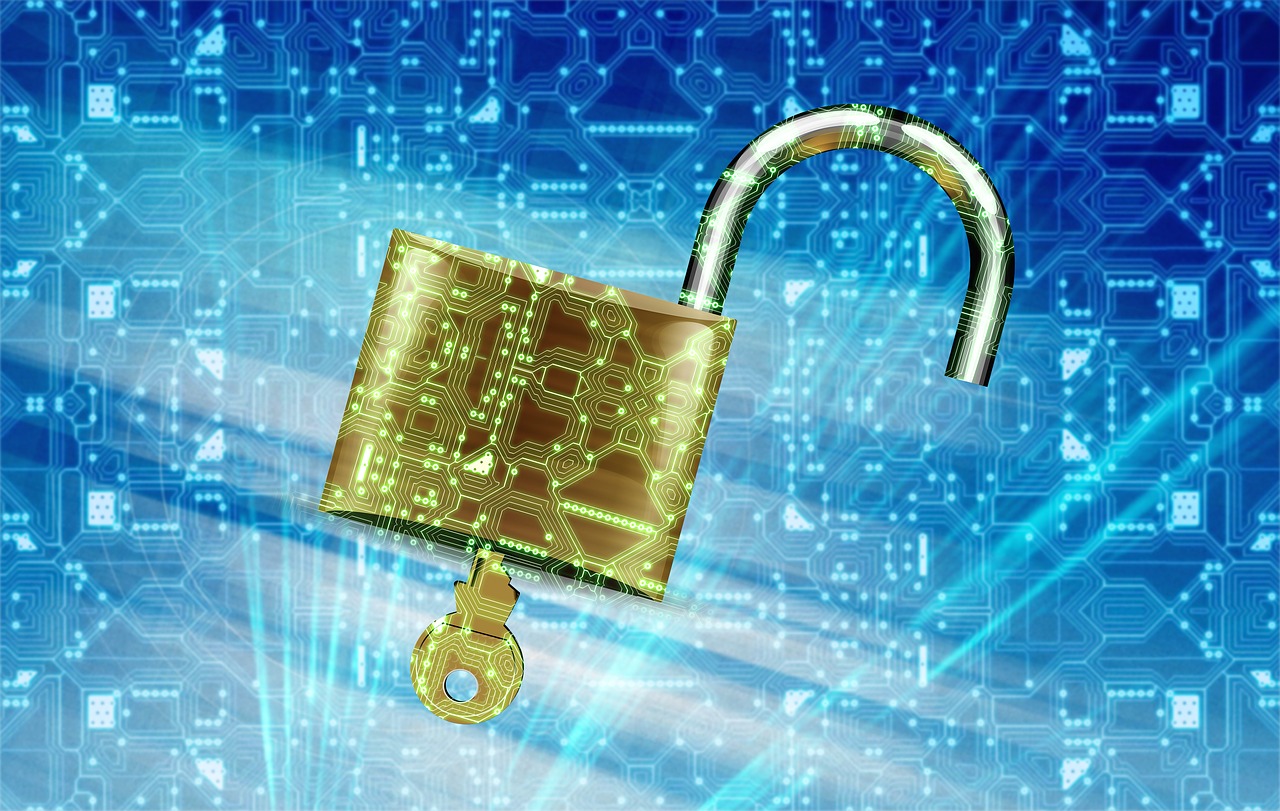Preserving the Right of Access to Copyrighted Works Based on Data Regulation: A Summary

Editor’s note: This blog post is a summary of a paper of the same name, recently published in the Journal of World Intellectual Property. The full version of the article can be found at: https://onlinelibrary.wiley.com/doi/10.1111/jwip.12253
While content access through the internet was arguably intended to allow for works to become more easily accessible, there is no guarantee that they will remain this way. More than half of all media consumption by an American citizen in a day is done through the internet. That is 451 minutes daily, which are spent relying on third-party websites that have their own structures and their own regulation, without assuring the preservation of the content they host. The right to access content from these websites, therefore, is largely regulated by their owners, with little to no oversight to be found in intellectual property law or even in international treaties on the matter.
How, then, do we assure users and creators have not only a right to access this kind of content, but also to retain such access? The Digital Millennium Copyright Act (DMCA) implemented the text of both the World Intellectual Property Organization (WIPO) Copyright Treaty (WCT) and the WIPO Performances and Phonograms Treaty (WPPT), but the Act states that preservation only applies for libraries and archives.¹ Considering that nowadays access to protected works is largely done through third-party websites or platforms, how do we assure the public can preserve access to works they legally acquired access to?
To answer this question, it is necessary to analyze U.S. copyright legislation, how it regulates access and preservation of works, and, especially, how it does not. Considering the gap left by the law, focus is then shifted to the way the law should be, building on William Fisher’s Theories of Copyright and Manuel Castells’ writings on the Network Society. This is followed by an analysis of the Terms of Use of websites that host copyrightable content, seeking to verify what their practices are regarding the assurance of access to works in their platforms. Lastly, considering the importance of data to the Network Society, the full article analyzes how different companies dealt with data protection regulation in their bylaws.
I argue that a policy proposal regarding a duty to preserve access could be based on data protection regulation. The analysis of the terms of use from different third-party websites reveals a wide array of methods used to regulate the right of access to works hosted in these platforms. Getting inspiration from the way recent data regulation legislation forced different providers that operate on the internet to adapt their terms into a regulatory “common ground”, I claim users would benefit if they could preserve the right of access to works they legally acquired, the same way they have access to and can make copies of their personal data in these services.
To that end, I first report on the history of the DMCA, how it tackles access and preservation, and the theories of Fisher and Castells that argue why the current legislation does not reach its goal. In it, I argue that current copyright legislation fails to appropriately regulate access and preservation to works in a digital environment. Therefore, a new perspective to look into those issues would be needed, one based in Hegel’s Personality Theory, which, when applied to intellectual property rights, focuses less on the material aspects of a work and more on its intangible aspects, such as who made it. This is important, because as Castells shows, our current Network Society relies heavily on data shared and created by internet users. This is used by companies that rely on the digital environment to provide their services to further develop their businesses.
Then, I turn my attention to how platforms deal with this subject. I show, supported by the analysis of the Terms of Use of different types of online services, that third-party websites also do not deal with the issue of preservation in a satisfactory manner. Three examples, whose analysis can be found in the full paper, were chosen: a music streaming service, a social media provider, and a general technological services and cloud computing company.
By this showcase of different companies’ policies, it is clear that a user making a copy of what they own or have legal access to is at best not regulated and at worst not permitted. The absence of a law dealing with access and preservation to these digital goods enables online services to enact regulations that do not benefit their users.
It does not have to be that way. Another type of intangible asset that is already well regulated and could provide guidance to the regulation of access and preservation in copyright is personal data. That is the topic covered by the third chapter of the paper. In it, I cover how these services deal with personal data protection and how it could serve as a basis for copyright preservation literature through the examples of the European General Data Protection Regulation (GDPR) and the California Privacy Rights Act (CPRA). These laws demand controllers, such as third-party websites, to allow their users (the data subjects) to make a copy of the personal data they have on their website
Fundamentally, I argue that the power of regulation in an online environment already has an influence on companies who provide their services online. The presence of legislation such as the GDPR forces businesses to adapt their Terms of Use to give more rights to their users, the opposite of what happens with copyright protection. Due to the apparent effectiveness of data protection provisions and the proximity, as a subject matter, between personal data and copyrightable works, such a regulation could be expanded to cover the right to preserve access to legally acquired copies of works.
With the discussion of this topic, I hope to shed a light on a more complex issue that is how to close the gap between personal data and copyright regulation, because both are, fundamentally, intangible assets that relate, in a way, to someone’s personality.
In a more general sense, there has been a recent surge of regulation in the data protection arena that has at its core the consequences of internet usage. The Network Society alluded to by Castells is clearly perceived in data regulation practices, but not in copyright because whereas the first one has data and information at its core, the second does not. As goods become more and more digitized, it is paramount that copyright regulation across the world is changed to reflect this new reality. This could greatly benefit preservation efforts under copyright law.
¹ See Copyright Act of 1976, 17 U.S.C. §§ 101-1332 (2012) at § 108(a)(b) (“Except as otherwise provided in this title and notwithstanding the provisions of section 106, it is not an infringement of copyright for a library or archives, or any of its employees acting within the scope of their employment, to reproduce no more than one copy or phonorecord of a work […] The rights of reproduction and distribution under this section apply to three copies or phonorecords of an unpublished work duplicated solely for purposes of preservation and security…”)
²See William Fisher, Theories of Intellectual Property, in New Essays in the Legal and Political Theory of Property, Stephen Munzer ed. at 01 (2001) (“[A]rticles deploying ‘theories’ of intellectual property have proliferated. This essay canvasses those theories, evaluates them, and considers the roles they do and ought to play in lawmaking.”); Manuel Castells, The Rise of the Network Society: The Information Age: Economy, Society, and Culture, Wiley-Blackwell, Oxford at 30 (2nd edition 2010) (“[U]nlike any other revolution, the core of the transformation we are experiencing in the current revolution refers to technologies of information processing and communication.”); see also Mark A. Lemley, Property, Intellectual Property, and Free Riding, 83 Tex. L. Rev. 1031 at 1032 (2005) (“I suggest that the effort to permit inventors to capture the full social value of their invention-and the rhetoric of free riding in intellectual property more generally-are fundamentally misguided.”); see generally Mark A. Lemley & R. Anthony Reese, Reducing Digital Copyright infringement without Restricting Innovation, 56 Stan. L. Rev. 1345 at 102 (2004) (“In the digital environment, the real stakes so far have been in suing those who facilitate infringement by others.”).








